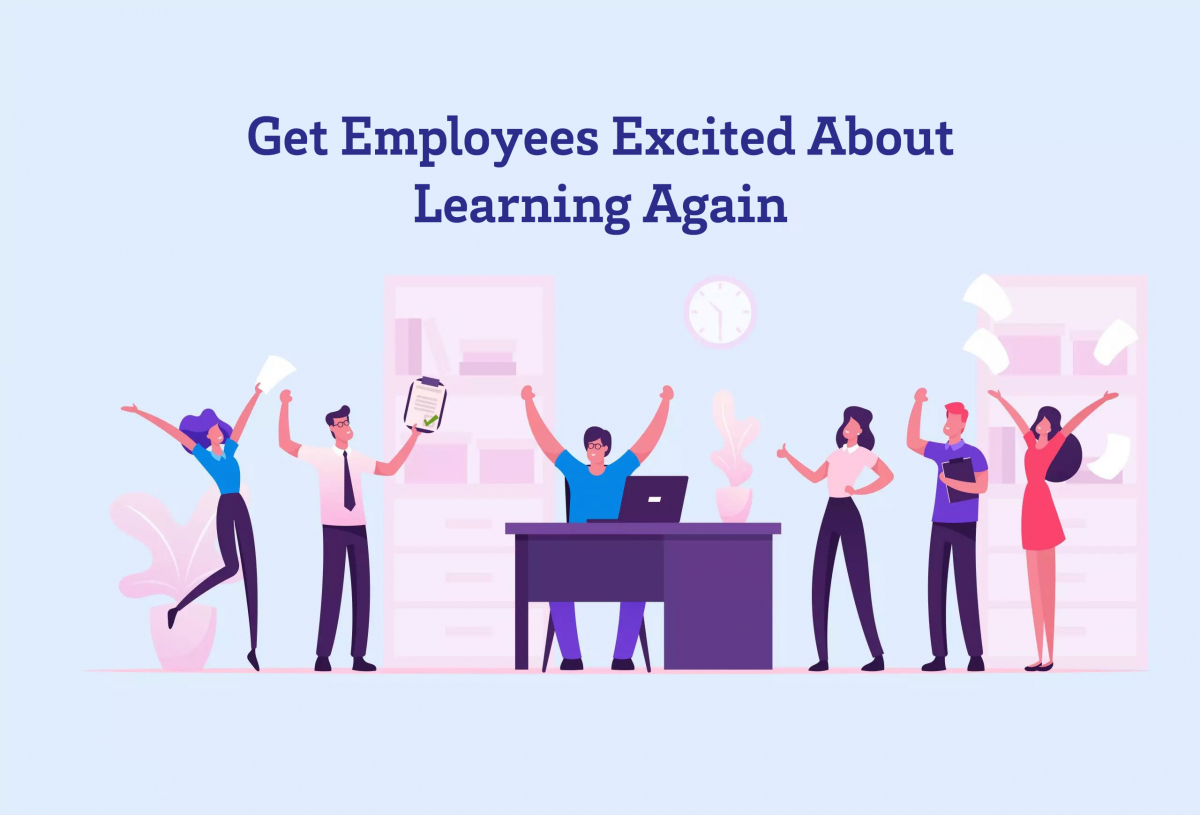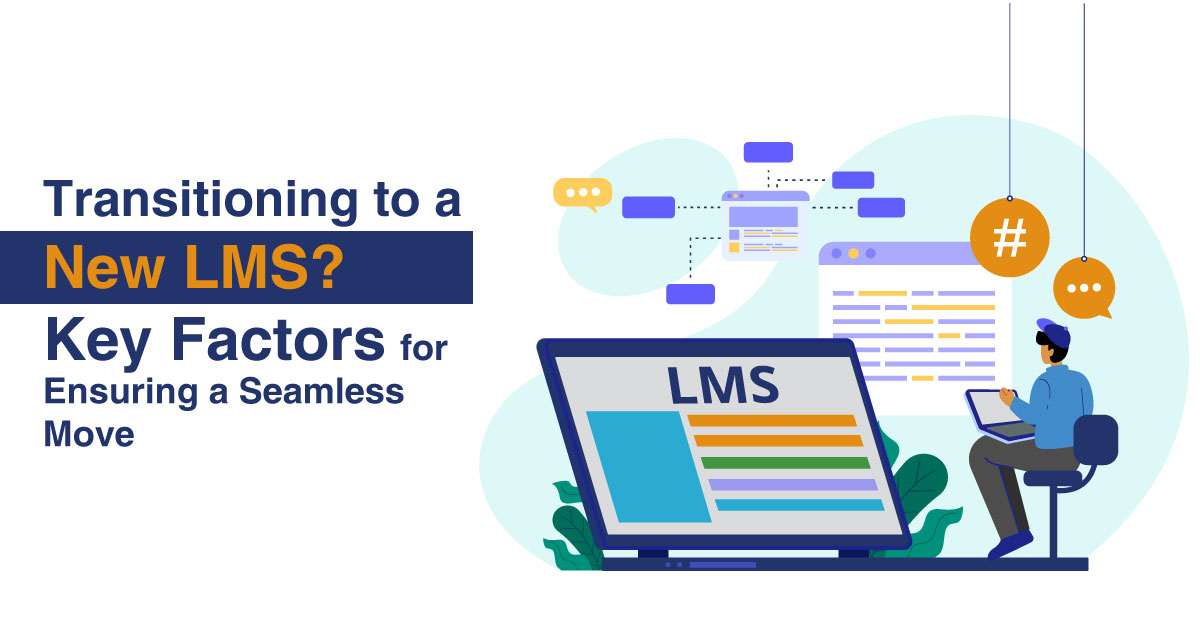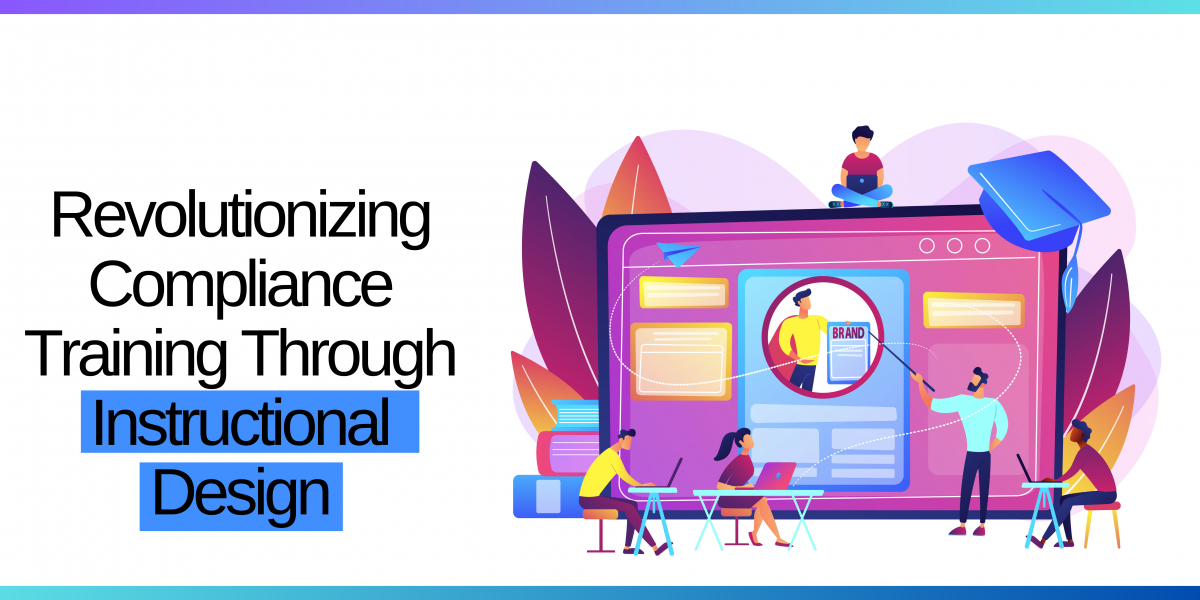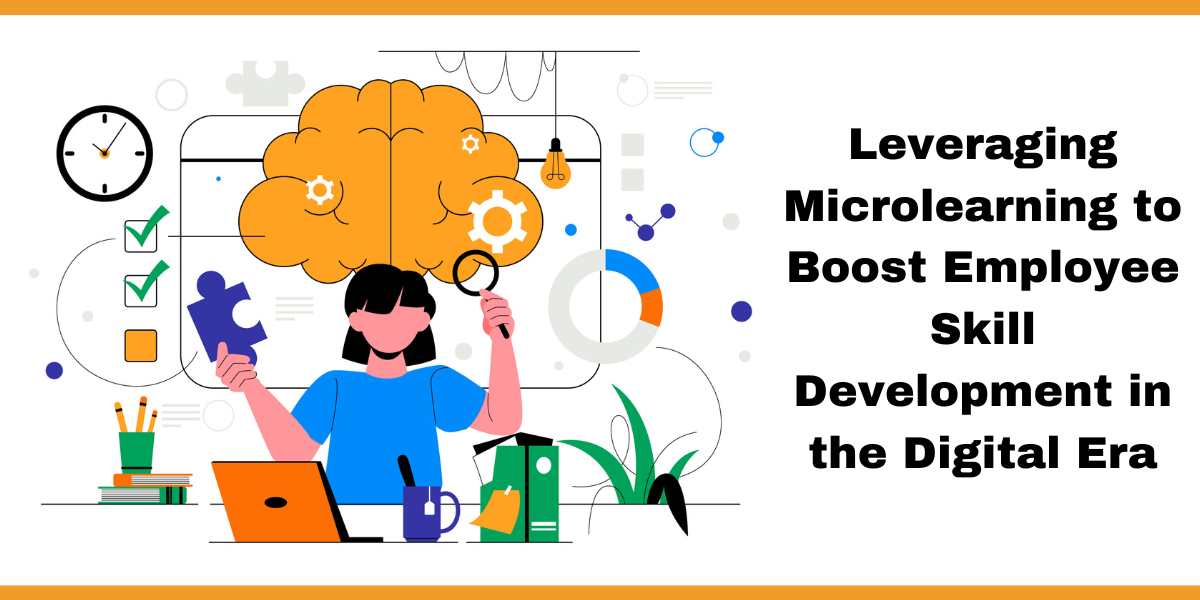A dynamic and innovative workplace is created when the employees are provided with an environment for continuous learning and development. It is crucial to ensure that the enthusiasm for learning doesn’t lag over time. Here’s a look at some of the effective strategies that can successfully keep the employees’ excitement for learning high.
1. Design a Relevant Curriculum: It is crucial to design and create e-learning content that is applicable and relevant to the roles that the employees are handling or are aspiring to handle in the future. The first step towards this is to ensure that you understand the requirements and expectations of the employees from an e-learning program. The curriculum should provide a clear picture for the learner about what to expect from the program and how they would benefit from it, thus motivating them to take it up.
2. Create an Engaging Learning Experience: When an e-learning course is highly engaging, it succeeds in capturing the learner’s attention and maximises learning. One of the ways to achieve this is through gamification, which can be in the form of challenges, hurdles, puzzles, etc., which encourages learners to think and analyse, while creating healthy competition with their peers. Rewards in the form of scores, badges, stars, etc., will provide them with a sense of achievement. Many e-learning companies in India and across the globe have embraced gamified approach as one of the effective ways of imparting knowledge.
3. Explore Microlearning Approach: Small, bite-sized chunks of content is more appealing for the learner than a lengthy module with a longer duration. Microlearning techniques provide learners with easy-to-understand and crisp learning pockets, which cover key concepts or ideas within a short video hosted on an e-learning platform. This also enables the employees to go through the e-learning content when they are on breaks or whenever they can take a few minutes off from their busy work schedules.
4. Promote Collaborative Learning Among Peers: Encourage employees to engage in peer-to-peer learning through mentoring programs for peers, giving an opportunity for the senior employees to guide their juniors or new employees. This creates a sense of belonging and provides a platform to present different perspectives of the content covered in the learning program. Many e-learning platforms provide learners with the option of collaborating online.
5. Provide Rewards and Recognition: Encourage employees to actively participate in e-learning initiatives by offering incentives which could be tangible or intangible, such as certificates, badges, coupons, vouchers, etc. Employee achievements can be posted on leaderboard or company announcement platform to publicly acknowledge and congratulate the employees. Such initiatives create a sense of achievement for the employee while at the same time, encourage others to participate.
6. Facilitate Opportunities for Applying Acquired Skills: An e-learning program is effective only when the employee gets a chance to put their newly acquired skill to use in real-world situations. Sufficient opportunities should be created to enable the employee to apply their skills. This helps them understand the impact of their learning on the roles that they are handling.
7. Use Technology to Ensure Accessibility: An easily accessible and user-friendly e-learning platform is crucial for the success of any learning program. The e-learning platform should be capable of supporting mobile-learning, which is the preferred mode of learning for busy employees who would like to access their e-learning modules on-the-go. Seamless learning experience is facilitated by advanced technology, which is incorporated in some of the best e-learning platforms available in the market.
8. Cultivate a Growth Mindset: Promote growth mindset by fostering a culture of continuous learning. Motivate employees to embrace challenges as opportunities for learning. Active participation by the leadership can foster the feeling of inclusivity and encouragement for commitment towards personal and professional growth.
9. Gather Feedback and Take Remedial Action: The effectiveness of the e-learning program is ascertained by seeking feedback from the learners. This will help identify problem points and rectify them, while also enabling you to explore avenues for improvement of the program. This will also help you evaluate the e-learning development company that you have collaborated with.
Conclusion
It requires a strategic approach to rejuvenate your e-learning system. Motivate employees by creating content that is relevant, engaging, and exciting. Create an environment that facilitates continuous learning and development to enhance skills, engagement, and innovation capabilities of the employees.




